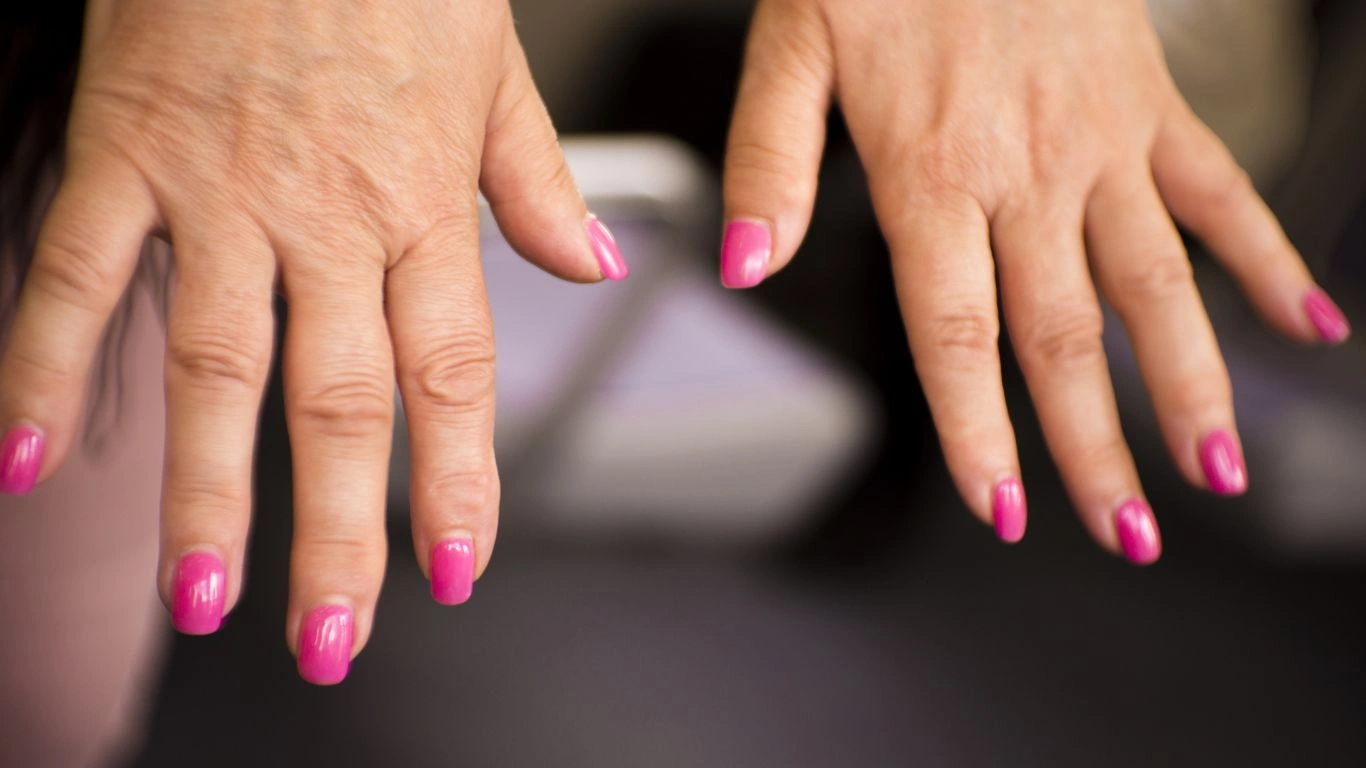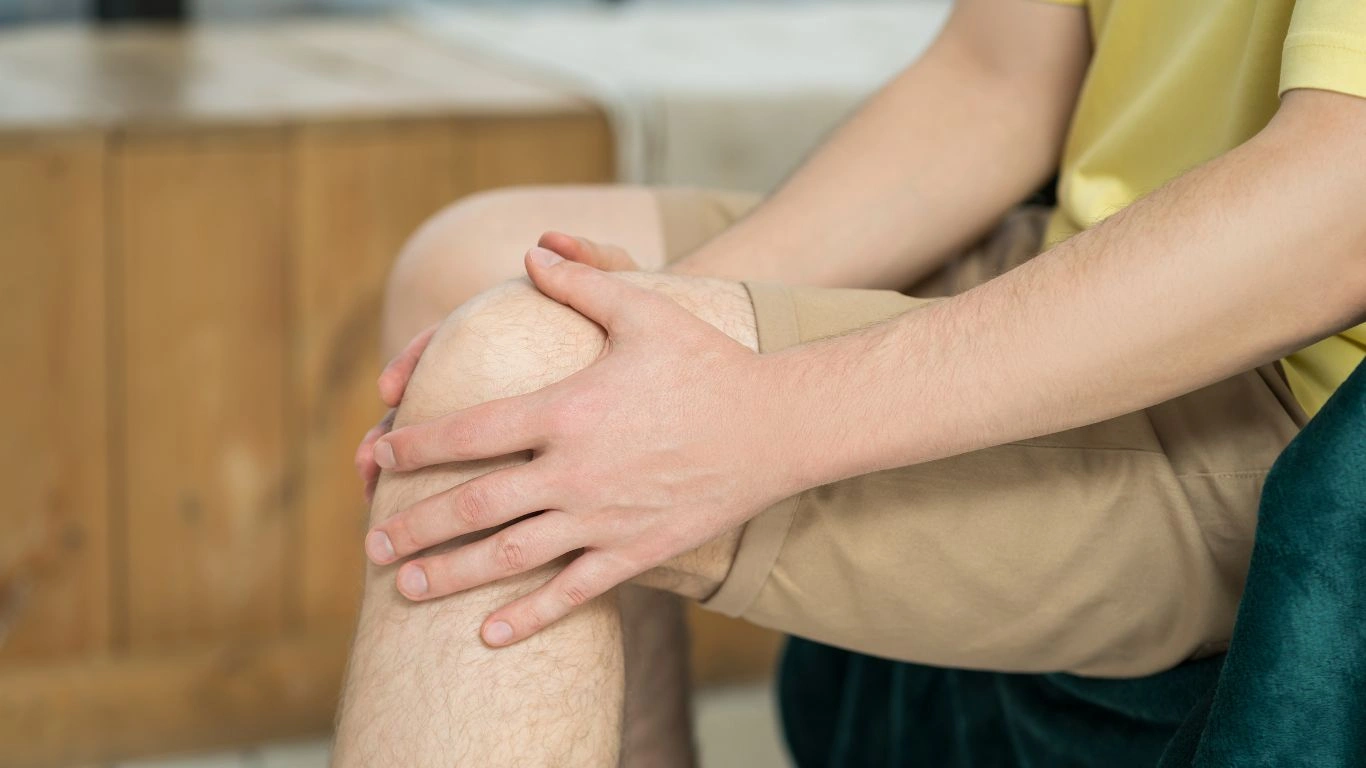How to Reduce Rheumatoid Arthritis Flare-Up Frequency – Your Ultimate Guide
Rheumatoid arthritis (RA) flare-ups can really throw a wrench in your day, right? The pain, swelling, and stiffness can make even the simplest tasks feel like a huge challenge. But here’s the good news—there are steps you can take to help reduce how often these flare-ups happen. Let’s dive into some tried-and-true strategies that can help you manage RA better and hopefully prevent those flare-ups from taking over your life.
Rheumatoid arthritis is an autoimmune disease that affects the joints, leading to inflammation, pain, and sometimes damage. A lot of people with RA experience flare-ups—periods when symptoms suddenly worsen. The good news is that while you can’t completely get rid of RA, there are plenty of things you can do to reduce how often these flare-ups happen.
Let’s take a look at how you can better manage your condition and keep those flare-ups at bay.

1. Stay Consistent with Your Medication
If you’re on medication for RA, sticking to your prescribed routine is one of the best things you can do to prevent flare-ups. Medications like disease-modifying antirheumatic drugs (DMARDs) or biologics are designed to reduce inflammation and slow the progression of the disease. Skipping doses or stopping your medication could trigger a flare-up.
Don’t hesitate to talk to your doctor about adjusting your medication if you notice flare-ups are becoming more frequent. Sometimes, tweaking the dosage or trying a different drug can make a huge difference.
2. Keep Stress in Check
I know, easier said than done, right? But stress is a big trigger for RA flare-ups. When you’re stressed, your body produces inflammation-causing chemicals that can worsen RA symptoms. So, managing stress through relaxation techniques—like deep breathing, meditation, or yoga—can really help.
Finding activities that make you feel calm and centered can do wonders for reducing stress. For some, it’s a long walk; for others, it’s binge-watching their favorite show with a cup of tea. Do whatever works for you.

3. Exercise Regularly (But Don’t Overdo It)
This might sound counterintuitive, especially if you’re dealing with joint pain, but regular exercise can actually reduce the frequency of flare-ups. Exercise helps keep your joints flexible, strengthens muscles around your joints, and can reduce overall inflammation.
But—and this is key—listen to your body! Overdoing it or pushing through pain can make things worse. Focus on low-impact activities, like swimming, walking, or cycling, which can be gentle on your joints but still give you a great workout.
4. Adopt an Anti-Inflammatory Diet
What you eat plays a big role in managing RA flare-ups. A diet rich in anti-inflammatory foods can help reduce the frequency and intensity of flare-ups. Foods like:
- Fatty fish (salmon, mackerel, sardines)
- Leafy greens (spinach, kale)
- Nuts and seeds (walnuts, flaxseeds)
- Olive oil
- Berries and citrus fruits
These foods are known for their ability to reduce inflammation. On the flip side, try to limit foods that are known to increase inflammation, like processed foods, sugary snacks, and red meat. A balanced, anti-inflammatory diet could be a game-changer when it comes to managing RA.

5. Get Enough Sleep
I can’t stress this enough: your body heals and recovers during sleep. If you’re skimping on sleep, it could be a trigger for RA flare-ups. Aim for 7-9 hours of quality sleep each night. If sleep is a struggle for you, try winding down an hour before bed by reading, taking a warm bath, or listening to calming music.
Better sleep can help lower your stress levels, improve your immune function, and give your body the rest it needs to manage inflammation.
6. Stay Hydrated
Dehydration can increase inflammation and make joints stiffer, which is exactly what you want to avoid with RA. Make sure you’re drinking plenty of water throughout the day. Hydrating properly can help keep joints lubricated and your body functioning at its best. If you’re feeling stiff or have a headache, dehydration could be the culprit.
7. Monitor and Manage Your Triggers
Everyone’s RA triggers are different. Some people find that cold weather makes their joints stiffer, while others are more sensitive to certain foods, activities, or even stress. Keeping track of when you experience flare-ups and identifying patterns can help you avoid those triggers in the future.
For instance, if you notice that flare-ups happen more often after a stressful week at work, it could be time to focus on stress management or ask your doctor about adjusting your treatment plan.
8. Consider Physical Therapy
Physical therapy can be a great way to keep your joints in good condition. A trained therapist can work with you to improve your range of motion, strengthen muscles, and learn proper joint protection techniques. Physical therapy is a proactive way to prevent flare-ups before they start, especially if you’re dealing with joint damage or stiffness.
Conclusion
While there’s no magic cure for rheumatoid arthritis, there’s plenty you can do to reduce the frequency of flare-ups. Staying consistent with your medication, managing stress, eating anti-inflammatory foods, and exercising regularly are just a few ways you can keep your symptoms under control. Remember, it’s all about balance—take care of your body, listen to it, and don’t be afraid to ask for professional help when needed. With the right strategies, you can lead a more comfortable and fulfilling life despite RA.
Appendices
FAQs
- What are the first signs of a rheumatoid arthritis flare-up? Flare-ups are usually marked by increased joint pain, swelling, stiffness, and sometimes redness. You might also feel more fatigued than usual.
- Can I prevent all flare-ups with medication? Medications can significantly reduce flare-up frequency, but they may not eliminate them entirely. It’s important to use them in combination with other lifestyle changes.
- Is there a natural way to reduce RA flare-ups? Some natural remedies, like turmeric or omega-3 supplements, may help reduce inflammation. However, it’s best to discuss any supplements with your doctor.
- Does weather affect rheumatoid arthritis flare-ups? Cold or damp weather can worsen symptoms for some people, but this can vary from person to person.
- How often should I see my doctor about RA flare-ups? Regular check-ups with your rheumatologist are important for adjusting treatment plans and managing flare-ups. Don’t hesitate to see them more often if you’re noticing frequent flare-ups.
References
- American College of Rheumatology. (2024). RA Treatment and Management Guidelines.
- National Institute of Arthritis and Musculoskeletal and Skin Diseases (NIAMS). (2023). Rheumatoid Arthritis.
- Smith, J. & Roberts, L. (2022). Managing Rheumatoid Arthritis: Tips from Experts. Rheumatology Today, 48(3), 120-134.
Disclaimer: This article is for informational purposes only and is not intended as medical advice. Always consult with a healthcare provider before making any changes to your treatment plan or lifestyle.

Tarra Nugroho is a dedicated Nurse Practitioner with a strong foundation in family and preventive care. She brings both compassion and clinical expertise to her practice, focusing on patient-centered care and health education. As a contributor to Healthusias.com, Tarra translates medical knowledge into clear, empowering articles on topics like women’s health, chronic disease management, and lifestyle medicine. Her mission is simple: help people feel seen, heard, and informed—both in the clinic and through the content she creates. When she’s not caring for patients, Tarra enjoys weekend hikes, plant-based cooking, and curling up with a good health podcast.






